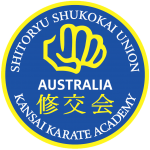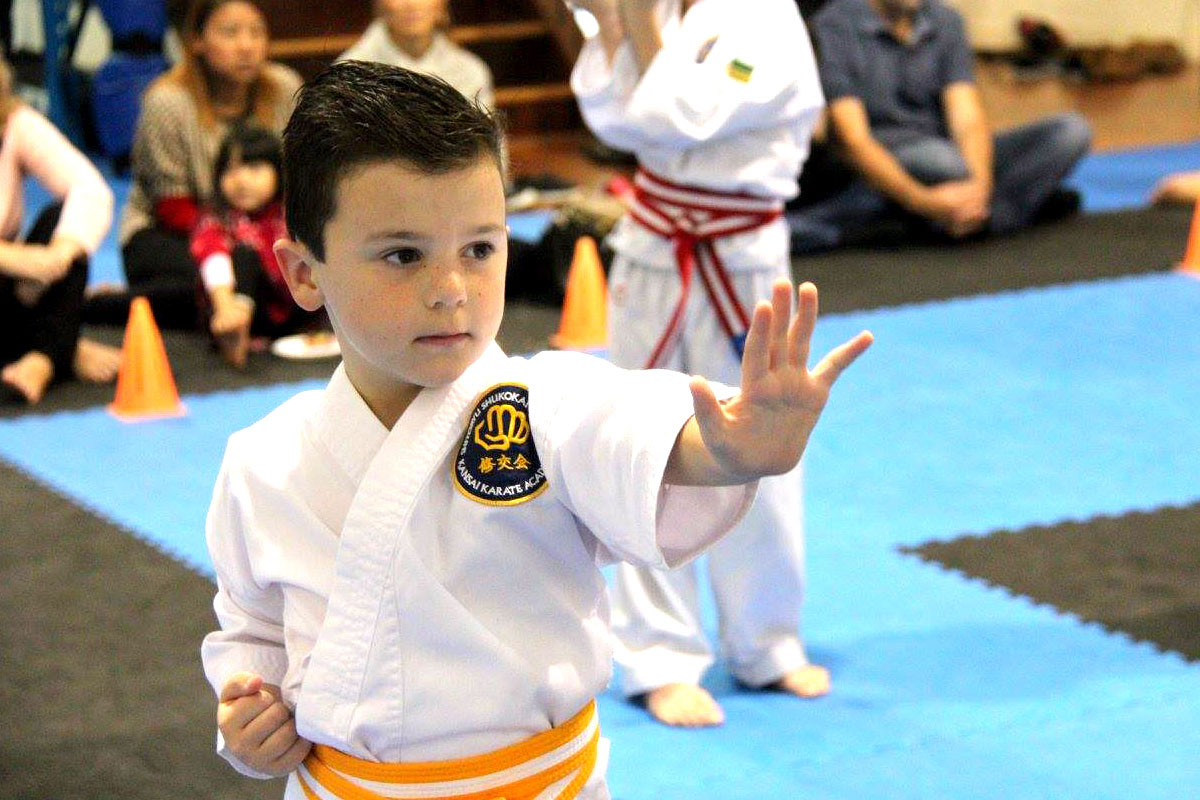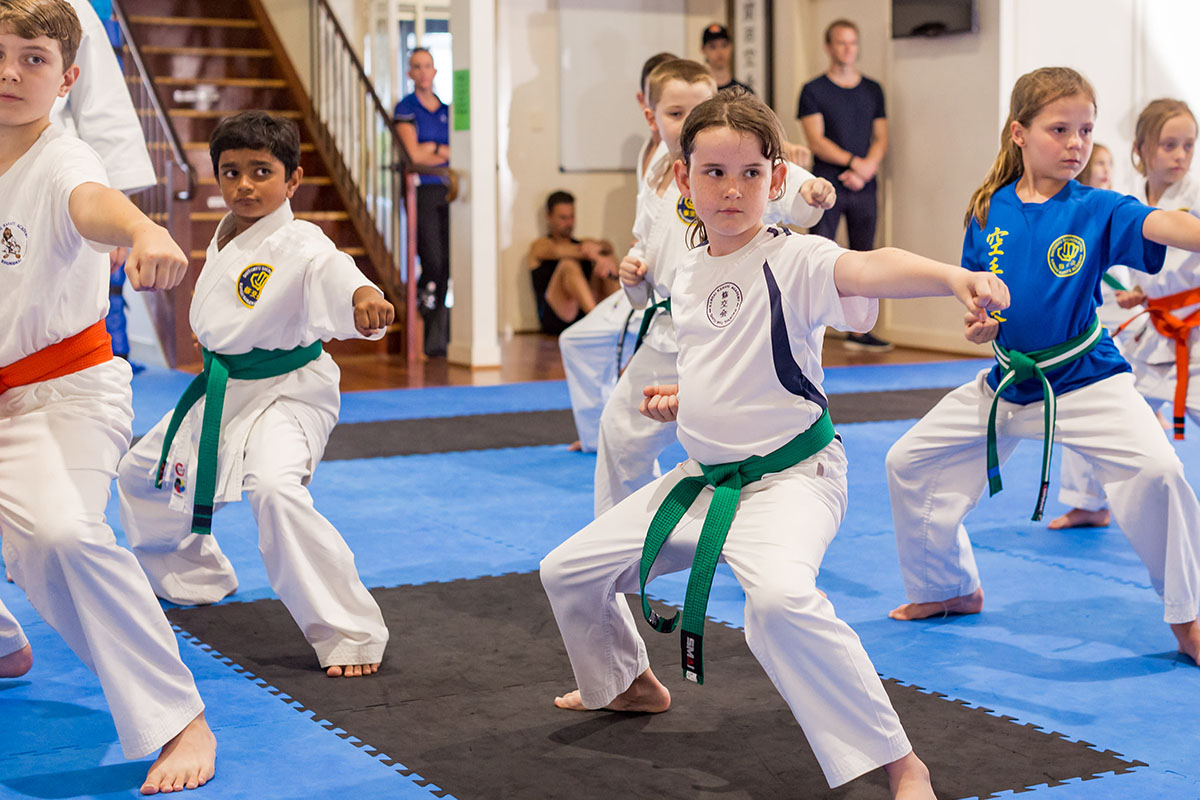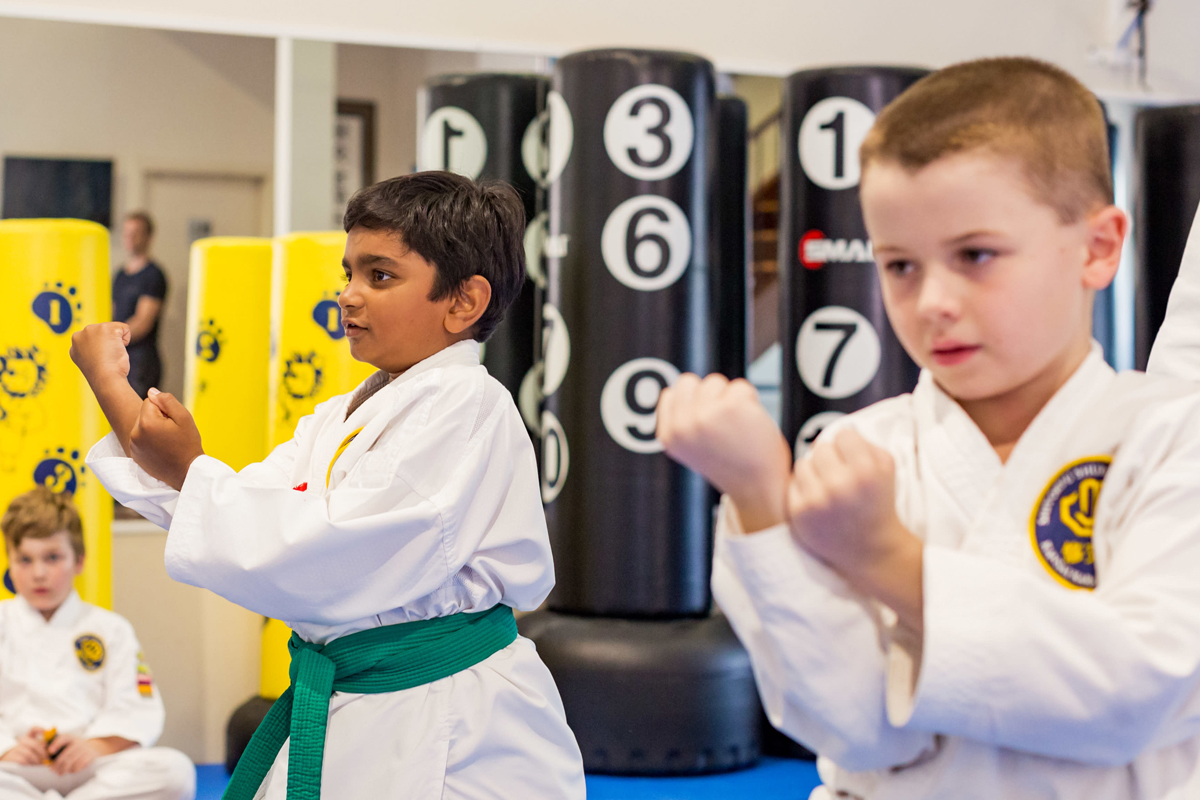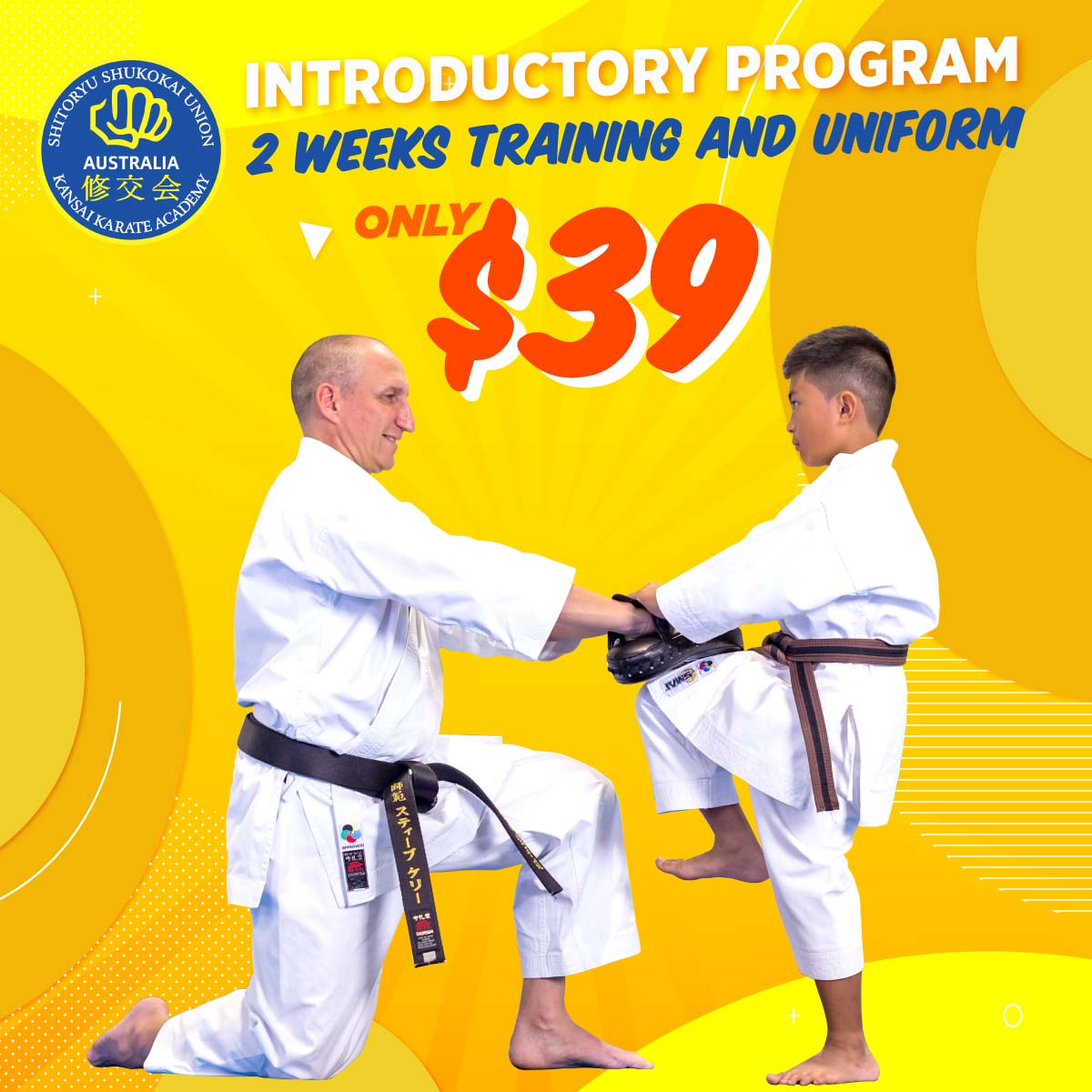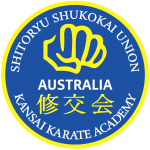Rhythm in karate is called Kata, and there are two major rhythms in karate. Rhythm plays a central role in Karate because it is the benchmark that separate trained karate experts from jokers. Rhythm can only be developed through continuous training. Only experienced karateka have rhythm.
Most trainees don’t hang on long enough to develop the rhythm. However, some children are born with innate rhythm. These children also tend to excel in things like dance and music. Children with such talents are few. Most children develop rhythm through practice. Read on to find out the two major rhythms in karate and their usefulness.
Rhythm 1: Kata “Fight “
This is the first rhythm children learn. This rhythm assumes that kata is a vessel for storing self-defense memory templates. Children learning karate resort to this memory in situation they need to defend themselves physically. Hence, the rhythm performed in every kata corresponds with the respective technique. For you to perform a kata you must understand the underlying meaning in every technique.
As children learn and progress through the ranks, you see a tremendous improvement in rhythm and movements. Therefore, when you compare the quality of the rhythm children have after one year of training it looks impressive. The progression in rhythm has nothing to do with strength or speed. Rhythm is gained through practice and this means that any student can master rhythms with perseverance.
Kata is a memory of several self-defense scenarios. This means that rhythm practice entails practicing all the self-defense moves without making unnecessary stops or pauses. Therefore, Kata 1 teaches students rhythm by enabling them execute the self-defense moves stored in their memories.
Rhythm 2: Kata “Art”
In kata 2 students are taught rhythm as an art. Karate is a performed art that require careful attention in execution just like famous painters and composers like Picasso and Beethoven did with their works. Kata are artistic performances that not only horn the skills of the fighter, but also impress the audience. When an experienced karate expert executes his/her katas even for five seconds, it leaves the audience impressed.
Therefore, most karate experts consider kata an art form as opposed to memorized self-defense moves. This means that for a trainee to master kata effectively he/she should use both approaches instead of relying on one. For instance, it is not a good idea to consider kata exclusively as an art form because it also entails memorized self-defense moves.
The split in how karate practitioners see kata is caused by the difference in attitude people have towards the sport. Those who take karate as a form of self-defense are more likely to consider kata as execution of memorized self-defense moves. On the contrary, those who take karate classes for growth and development, for example, children learn kata as a form of art. So, if you have been thinking of enrolling your child in martial arts class do so because it helps them learn rhythm.
